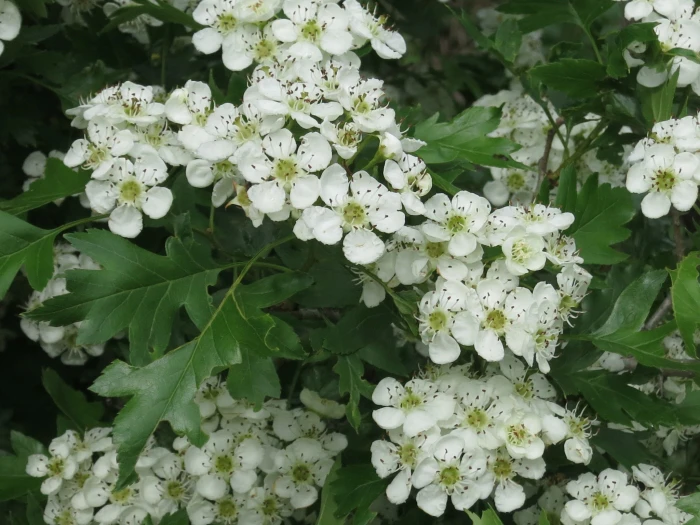Chinese Hawthorn
(Crataegus pinnatifida)
Chinese Hawthorn (Crataegus pinnatifida)
/
/

Repina Tatyana
CC BY 4.0
























Estimated Native Range
Climate Requirements for Newcastle, South Africa
| This Plant | Your Site | Plant Suitability for Your Location | ||
|---|---|---|---|---|
| • Precipitation | 11" - 85" | 31" | Your precipitation may be insufficient for this plant. Irrigate N" / year. | Irrigate N" / year |
| • High Temp. | 61°F - 96°F | 84°F | Your summer temperatures are normal for this plant. | Excellent |
| • Low Temp. | -34°F - 55°F | 37°F | Your winter temperatures are normal for this plant | Excellent |
Summary
The tree is valued for its attractive fruits, which persist into winter, providing visual interest as well as food for wildlife. It is used in urban landscapes, as a specimen tree, and for hedges due to its dense growth habit. Chinese hawthorn prefers well-drained soils and can tolerate a range of conditions, from full sun to partial shade. While it is adaptable to various soil types, it thrives in loamy, slightly acidic to neutral soils. Gardeners should be aware that it can be potentially invasive in some regions outside its native range, and it is advisable to check local regulations before planting. Additionally, the tree can be susceptible to leaf spot and rust diseases, and may require occasional pruning to maintain its shape and remove any dead or diseased wood.CC BY-SA 4.0
Plant Description
- Plant Type: Shrub, Tree
- Height: 15-23 feet
- Width: 10-23 feet
- Growth Rate: Moderate
- Flower Color: White
- Flowering Season: Spring
- Leaf Retention: Deciduous
Growth Requirements
- Sun: Full Sun
- Water: Medium
- Drainage: Medium
Common Uses
Bird Garden, Border Plant, Edible*Disclaimer: Easyscape's listed plant edibility is for informational use. Always verify the safety and proper identification of any plant before consumption., Hedges, Low Maintenance, Potted Plant, Street Planting
Natural Habitat
native to the forest margins, scrublands, and riverbanks of temperate regions in East Asia
Other Names
Common Names: Chinese Hawthorn, Chinese Hawberry, O-Sanzashi, Sansanamu, Shan Zha
Scientific Names: Crataegus pinnatifida, ? elliptica, Abelmoschus vitifolius var. mollis, Cerasus elliptica, Crataegus bretschneideri, Crataegus dsungarica, Crataegus korolkowii, Crataegus oxyacantha var. pinnatifida, Crataegus philippii
GBIF Accepted Name: Crataegus pinnatifida